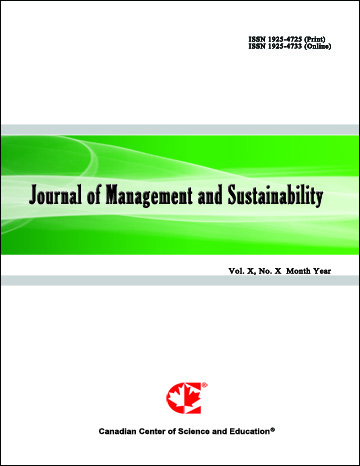Innovative Lighting Systems: Opportunities for Energy Savings
- Filipe Pohlmann Gonzaga
- Mohamed Akdidach
Abstract
This paper analyses, from an energy flow perspective, the implementation of smart lighting systems in street lighting, where lights are dimmed to adapt to the flow of objects passing in a street. The research focus on the sustainability perspective of implementing a transition to smart lighting systems when compared to regular LED lighting. To account for externalities, the energy flow was addressed considering the extra electronic devices used in a smart lighting system (controllers, motion sensors, radars, and computers).
To compare both traditional LED street lighting and smart lighting the paper started with a model of a 2.5-kilometre street, scaling up scenarios of the commune Ecublens, in the Swiss canton of Vaud, and then to half and all residential streets of Switzerland were examined to understand if the gains in energy savings are scalable.
The research shows that, even with the additional electronic devices, the smart lighting system reduces the energy consumption of street lighting, even when considering the production of the extra components used. Financially, the extra costs of implementing smart lighting systems are offset by the savings in electricity consumption. Therefore, smart lighting systems for street lighting can be an environmentally and economically beneficial project to implement.
- Full Text:
 PDF
PDF
- DOI:10.5539/jms.v12n1p122
Journal Metrics
Google-based Impact Factor (2021): 1.54
h-index (July 2022): 37
i10-index (July 2022): 147
h5-index (2017-2021): 12
h5-median (2017-2021): 19
Index
- Academic Journals Database
- ANVUR (Italian National Agency for the Evaluation of Universities and Research Institutes)
- CAB Abstracts
- CNKI Scholar
- EconBiz
- Excellence in Research for Australia (ERA)
- GETIT@YALE (Yale University Library)
- Harvard Library
- HeinOnline
- Infotrieve
- JournalTOCs
- LOCKSS
- MIAR
- PKP Open Archives Harvester
- RePEc
- Scilit
- SHERPA/RoMEO
- Stanford Libraries
- UCR Library
Contact
- Evelyn XiaoEditorial Assistant
- jms@ccsenet.org
